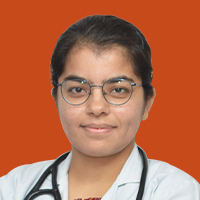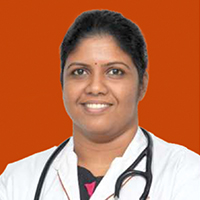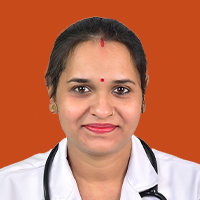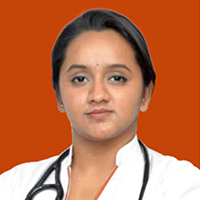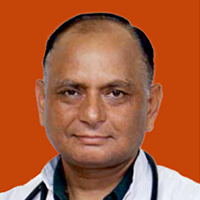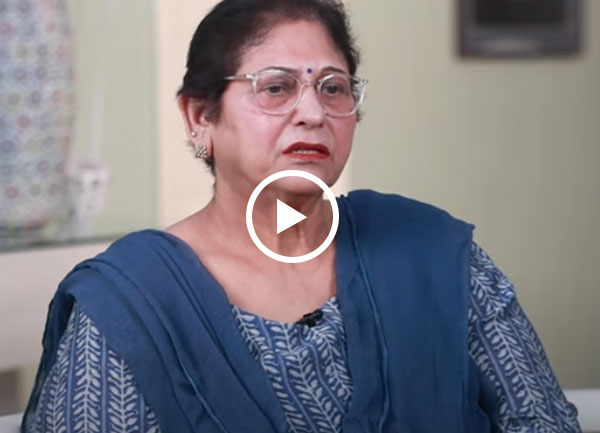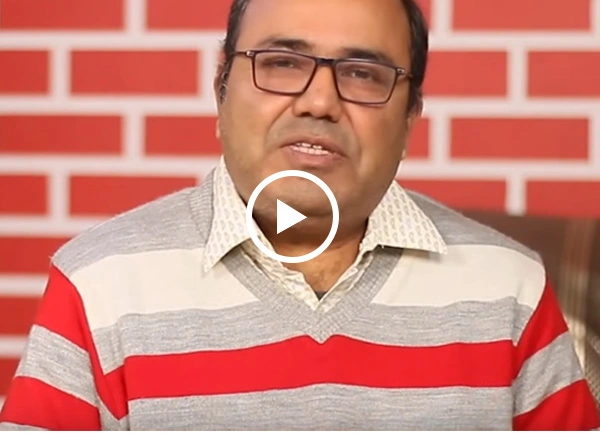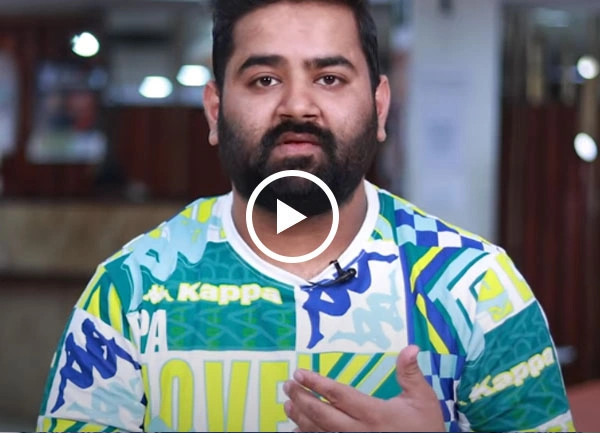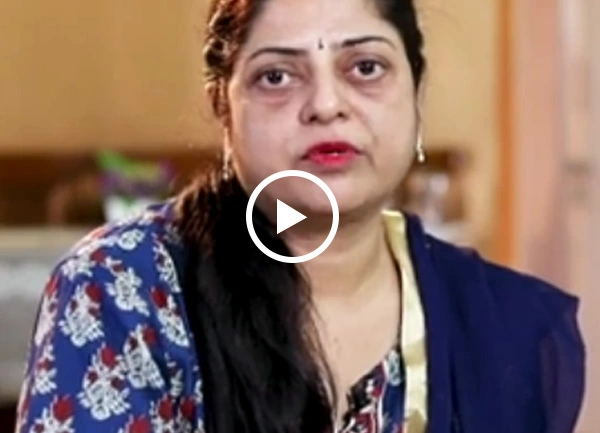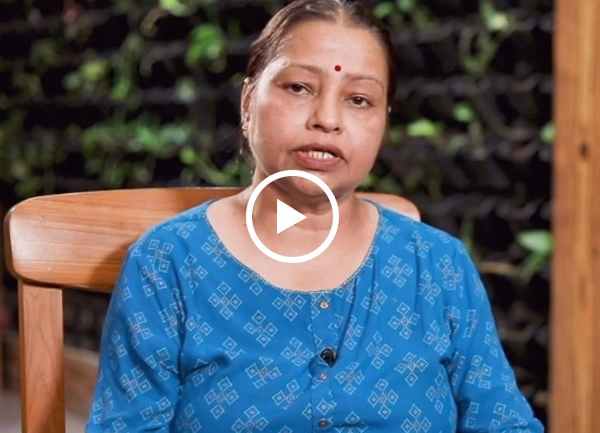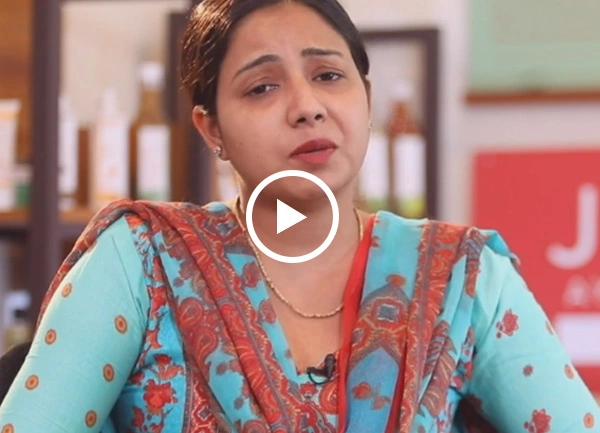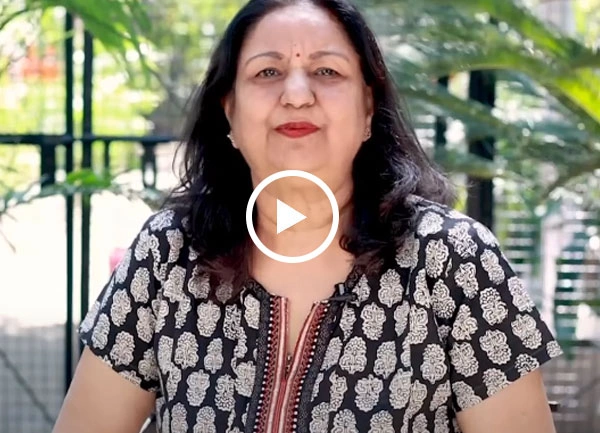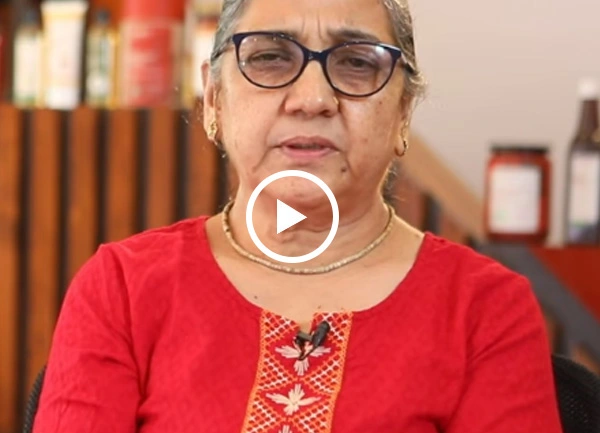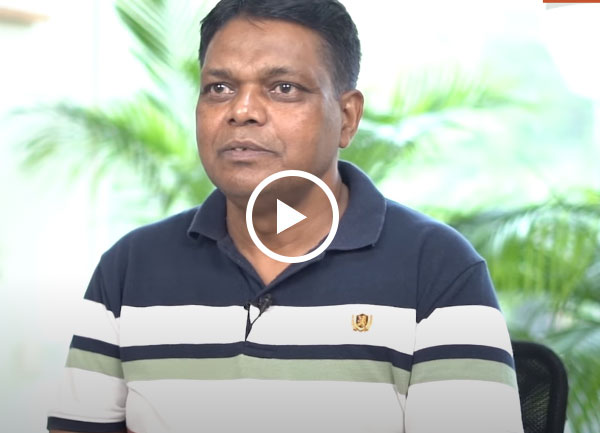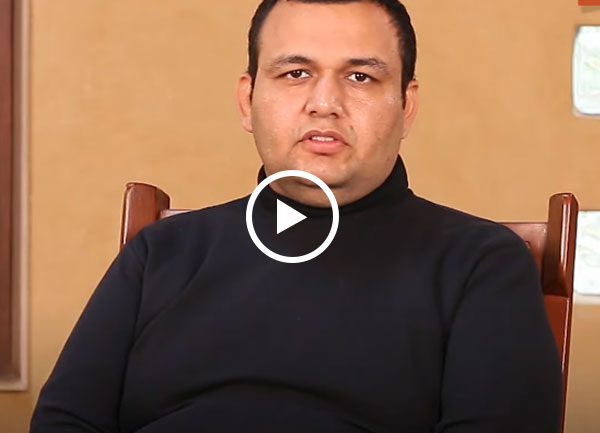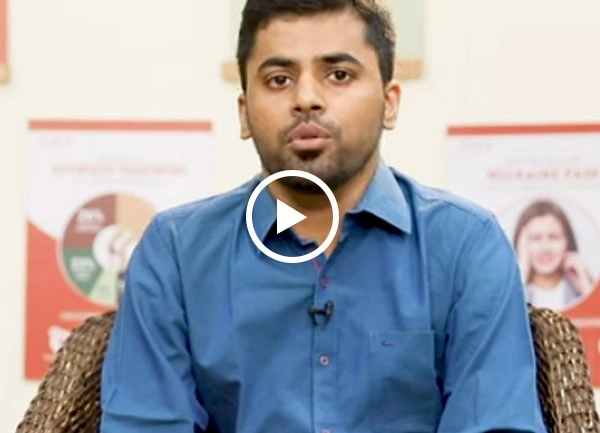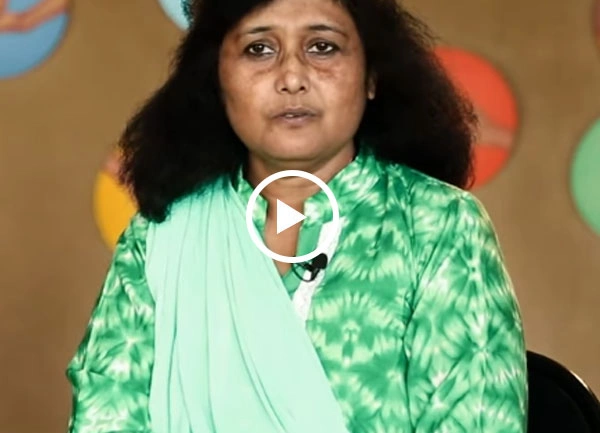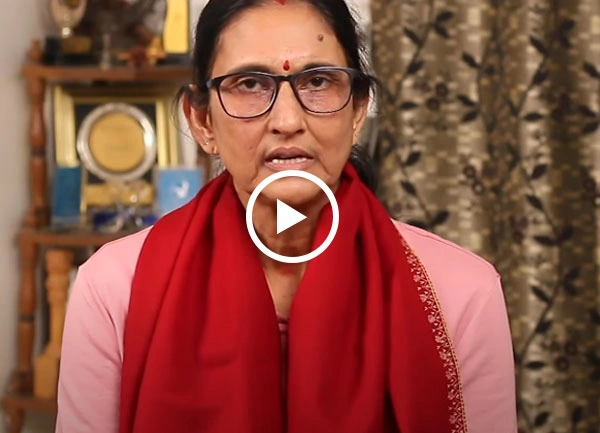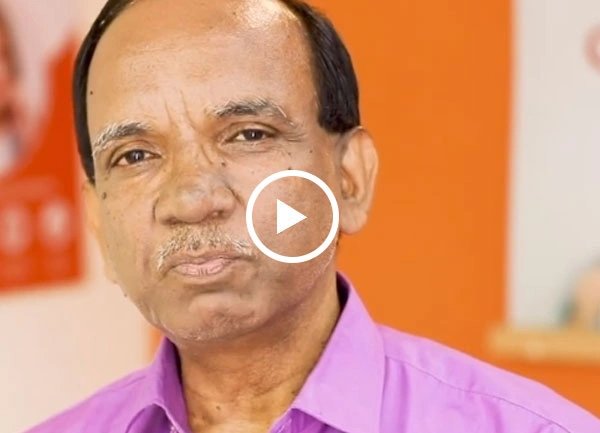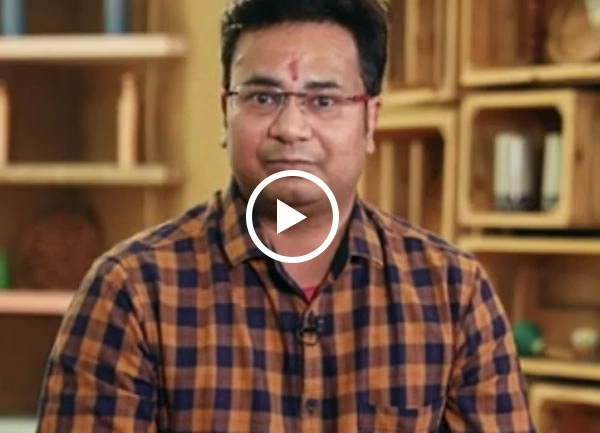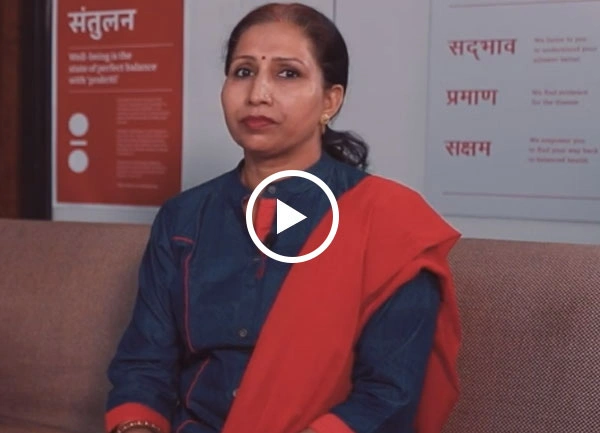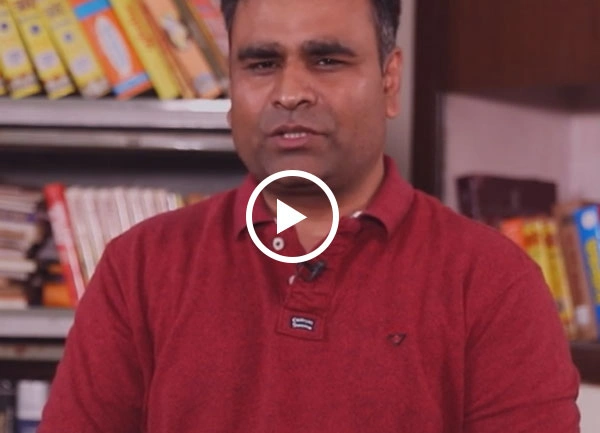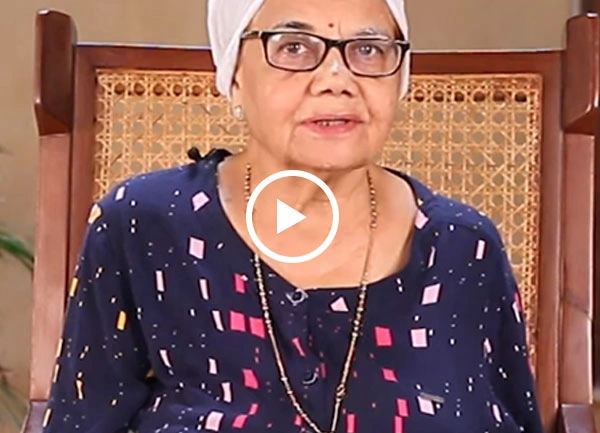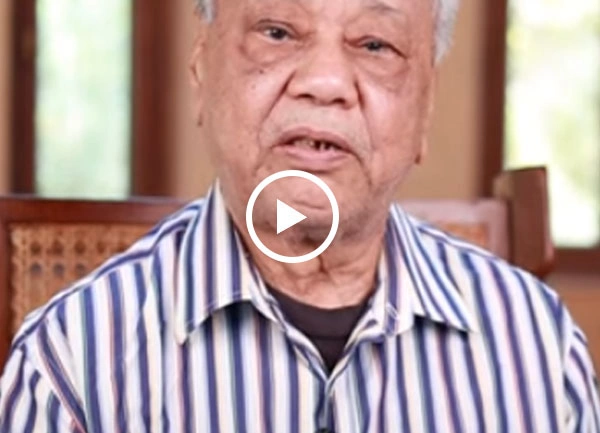

Successful Treatments
Clinics
Doctors
What is Cervical Spondylitis?
Cervical Spondylitis pertains to the degeneration of the bone and cartilage in the cervical spine region (cervical osteoarthritis). Cervical spondylitis causes degeneration of the intervertebral discs between the vertebrae, which leads to discomfort, stiffness, and other ill symptoms in the neck, shoulder and even towards the arms. As per Ayurveda, this is said to be due to increased Vata dosha causing movements in the body, in particular the nerve impulses.
Cervical Spondylosis Symptoms
Neck and shoulder stiffness & pain
Neck and shoulder stiffness & pain: This particular symptom is sometimes the most prominent symptom with prolonged sitting and sleeping.
Headaches
Feeling pain that is starting from the back of the head and moving forward.
Numbness or tingling
Numbness or tingling: Sensations in the arms, hands, and fingers due to nerve compression.
Reduced range of motion
Reduced range of motion: Difficulty in moving the head and neck freely.
Muscle weakness
Muscle weakness: Particularly in the arms and shoulders, can make lifting objects difficult.
Dizziness
Dizziness: Occasionally, people experience vertigo or a sensation of imbalance.
Cervical Spondylitis Causes
Cervical spondylitis is primarily caused by bad posture and age-related degeneration of the intervertebral discs and vertebrae. Other contributing factors include:
- Wear and tear: Repeated strain, bad posture, or frequent use of mobile devices (text neck).
- Bone spurs: Over time, bones may develop extra growths called bone spurs, which can press on the spinal cord and nerves.
- Herniated discs: The discs between the vertebrae are gel-like and can dry out or bulge, leading to nerve compression.
In Ayurveda, cervical spondylitis is attributed to excessive vata dosh. It is considered that there is an excess movement and dryness of vata, which causes the spine's supportive tissues to dry and weaken. Worsening of that Vata is caused by bad habits, irregular meals, and increased stress - which then speeds up the deterioration of the cervical spine.
Difference Between Spondylitis and Spondylosis
Spondylitis and spondylosis both deal with inflammatory and degenerative processes of the spine; however, spondylitis is specific to the inflammation of the spine vertebra. This inflammation typically causes pain and swelling in the region of cervical spondylitis. As for spondylosis, it is the term that describes osteopenic changes of the spine, which progress primarily through ageing, although it may or may not be accompanied by inflammation. To put it simply, there are more aggressive inflammatory processes in spondylitis than in spondylosis, which is mostly a process of ageing, wear, and tear.
Risks & Complications of Cervical Spondylitis
If left untreated, cervical spondylitis bears a number of risks and complications:
- Chronic pain: Pain that may become so severe as to impair day-to-day activities.
- Nerve damage: Damage to spinal nerves from their compression can lead to loss of feeling, numbness, or even muscle weakness.
- Spinal cord compression: The worst of these situations could end up leading to myelopathy, which is damage to the spinal cord and hence loss of hand-leg coordination or difficulty walking or bladder problems.
- Reduced quality of life: The pain, discomfort and physical restrictions can cause emotional issues, which leads to lower general well-being.
When to See a Doctor?
It is necessary to seek medical help in the following cases:
- Loss of coordination or difficulty in walking.
- Extreme headaches and dizziness, along with neck pain.
- Deterioration of symptoms that occur suddenly with no apparent reason.
- Failure to detect and treat the condition early enough may lead to nerve damage, among other serious effects.
Early detection and treatment can prevent the condition from progressing into more serious complications like nerve damage.
Ayurvedic Treatment for Cervical Spondylitis
Ayurvedic treatment for cervical spondylitis focuses on restoring the balance of Vata dosha and promoting healing through a combination of therapies, herbs, and lifestyle adjustments. Some common treatments include:
Panchakarma Therapies
Some of the five major therapies of Panchakarma are given to patients with the aim of detoxifying and rejuvenating the body. Commonly recommended therapies for cervical spondylitis are:
- Abhyanga: A full-body massage using medicated and herbal oils to reduce stiffness and improve circulation.
- Kati Basti: A specialised treatment where warm herbal oil is kept in a dough over the affected area to relieve pain and inflammation.
- Greeva Basti: Just like Kati Basti, this therapy focuses on the neck region to specifically target the cervical area.
Herbal Remedies
Ashwagandha, Guggulu, and Shallaki (Boswellia) are some of the herbs that are frequently used to alleviate pain, reduce inflammation, and strengthen the muscles. These herbs work to restore the balance of Vata while also improving bone health.
Dietary Adjustments
Ayurveda emphasises a diet that pacifies Vata. This involves consuming warm, cooked foods with ghee, avoiding cold and raw foods, and including spices like ginger and turmeric to enhance digestion and reduce inflammation.
Lifestyle Modifications
Lifestyle changes play a crucial role in managing cervical spondylitis. Incorporating gentle neck exercises, maintaining proper posture, and practising stress-relieving techniques like meditation and yoga help to improve mobility and reduce symptoms.
Yoga and Meditation
Ayurveda recommends specific yoga postures to strengthen the neck and spine, along with meditation and pranayama to manage stress and improve overall well-being. Postures like Bhujangasana (Cobra pose) and Tadasana (Mountain pose) can help reduce stiffness and discomfort.
Jiva’s Evidence-Based Treatment Process
Nadi Pariksha
Starting with Nadi Pariksha, Jiva's certified Ayurvedic doctors use this traditional pulse diagnosis to detect imbalances and assess organ health, which is crucial for diagnosing Cervical Spondylitis accurately.
Prakriti Analysis
Understanding your unique physical and psychological pattern allows us to tailor a Cervical spondylitis treatment plan that not only addresses symptoms but aligns with your inherent constitution for lasting health.
Samprapti Ghatak (Pathogenesis)
Our practitioners investigate the progression of cervical spondylitis by examining hygiene, dietary habits, lifestyle, and mental health factors. This thorough analysis helps identify specific triggers that need to be addressed for targeted, individualised treatment.
Chikitsa Sutra - Personalised Treatment Plan
We then create a detailed Cervical spondylitis treatment plan, which consists of diet modifications, lifestyle adjustments, herbal medications, and specific therapies that aim to restore dosha imbalance and enhance joint health.
Continuous Monitoring & Amendments
Continuous tracking of treatment effectiveness allows us to make necessary adjustments, ensuring that you achieve the best results from your personalised and Ayurvedic Treatment for Cervical Spondylitis with Jiva's ongoing support.
FAQs
Cervical spondylitis is the inflammation and degeneration of the cervical spine, leading to neck pain, stiffness, and reduced mobility.
It’s caused by age-related wear and tear, poor posture, lifestyle habits, or, according to Ayurveda, an imbalance of Vata dosha.
While cervical spondylitis is a chronic condition, Ayurveda offers treatments to manage symptoms, slow progression, and restore balance.
Neck pain, stiffness, headaches, numbness in the arms, reduced range of motion, and muscle weakness.
Yes, it primarily affects people over the age of 40 due to degeneration of the cervical spine.
Ayurveda treats it by balancing Vata through Panchakarma, herbal remedies, diet modifications, and lifestyle adjustments.
Yes, yoga helps strengthen the muscles, improve flexibility, and maintain a healthy posture, all of which are crucial in managing spondylitis.
If you experience persistent neck pain, numbness, weakness, or difficulty walking, it’s important to consult a healthcare professional.
Complications can include chronic pain, nerve damage, and, in severe cases, spinal cord compression.
Yes, maintaining a healthy posture, avoiding repetitive strain, eating a Vata-balancing diet, and practising yoga can help prevent or manage the condition.
Top Ayurveda Doctors
Our Happy Patients
Blogs
- Natural ways to manage cervical pain
- What are the symptoms of cervical pain?
- Do's and Don’ts in Cervical Pain
- 5 Exercises for Relief in Cervical Pain
- Ayurvedic remedies for cervical spondylitis
- CERVICAL SPONDYLOSIS AYURVEDA TREATMENT
- गर्दन में दर्द और चक्कर? हो सकता है सर्वाइकल - आयुर्वेदिक विशेषज्ञों द्वारा स्थायी राहत
Home Remedies
Related Disease
- Ayurvedic Treatment for Ankylosing Spondylitis
- Ayurvedic Treatment For Cervical Spondylitis
- Ayurvedic Treatment For Arthritis
- Ayurvedic Treatment for Osteoarthritis
- Ayurvedic treatment for Gout
- Ayurvedic Treatment for Sciatica
- Ayurvedic Treatment for Rheumatoid Arthritis
- Ayurvedic Treatment for Frozen Shoulder
- Ayurvedic Treatment for Deep Vein Thrombosis (DVT)
- Ayurvedic Treatment for Achilles Tendon Disorders
- Ayurvedic Treatment for Rickets
- Ayurvedic Treatment for Ganglion Cyst
- Ayurvedic Treatment for Osteoporosis
- Ayurvedic Treatment for Ulcerative Colitis
- Get Ayurvedic Treatment for AVN Avascular Necrosis
- Get Ayurvedic Treatment For Osteomyelitis
- Cerebral Palsy Treatment in Ayurveda
Latest Blogs
- हर दिन की शुरुआत इन 5 आयुर्वेदिक आदतों से करें
- आयुर्वेद में वज़न घटाने के लिए सबसे असरदार जड़ी-बूटियाँ
- Ayurvedic Skincare Routine for Oily Skin: Natural Products + Regimen
- Your First Panchakarma Detox? Here's What to Expect Day by Day
- Can Ayurveda Help with Anxiety? Here’s What Patients Say
- 5 Signs Your Body Is Out of Balance - According to Ayurveda
- What Is My Dosha Type? This 3-Minute Guide Will Help You Figure It Out.
- What Ayurveda Says About Intermittent Fasting Dos and Donts
- Ayurvedic Insights on Gut Health Whats Trending in Wellness in 2025
- Immunity Boosting Tips for Post-Viral Fatigue Ayurvedic Expert Guide
- Top Ayurvedic Oils for Joint Pain Relief And How to Use Them Daily
- Natural Immunity Boosters for Kids: Ayurvedic Solutions That Work
- Why Your Sleep is Suffering and What Ayurveda Recommends
- Best Ayurvedic Teas to Detox Your Body This Monsoon
- Ayurvedic Medicine for Diabetes: What Works and What Doesn’t
- How to Use Ayurvedic Remedies for PCOS: A Complete Natural Guide
- I Lost 40 Kgs in 12 Months with Ayurveda No Gym, No Crash Diet
- Is Triphala Really Good for Digestion? Here's What Ayurveda Says
- Monsoon Hair Fall? Try These Ayurvedic Solutions Before Visiting a Dermatologist
- 7 Morning Habits Backed by Ayurveda to Boost Energy Naturally
Ayurvedic Doctor In Top Cities
- Ayurvedic Doctors in Bangalore
- Ayurvedic Doctors in Pune
- Ayurvedic Doctors in Delhi
- Ayurvedic Doctors in Hyderabad
- Ayurvedic Doctors in Indore
- Ayurvedic Doctors in Mumbai
- Ayurvedic Doctors in Lucknow
- Ayurvedic Doctors in Kolkata
- Ayurvedic Doctors in Patna
- Ayurvedic Doctors in Vadodara
- Ayurvedic Doctors in Ahmedabad
- Ayurvedic Doctors in Chandigarh
- Ayurvedic Doctors in Gurugaon
- Ayurvedic Doctors in Jaipur
- Ayurvedic Doctors in Kanpur
- Ayurvedic Doctors in Noida
- Ayurvedic Doctors in Ranchi
- Ayurvedic Doctors in Bhopal
- Ayurvedic Doctors in Ludhiana
- Ayurvedic Doctors in Dehradun






